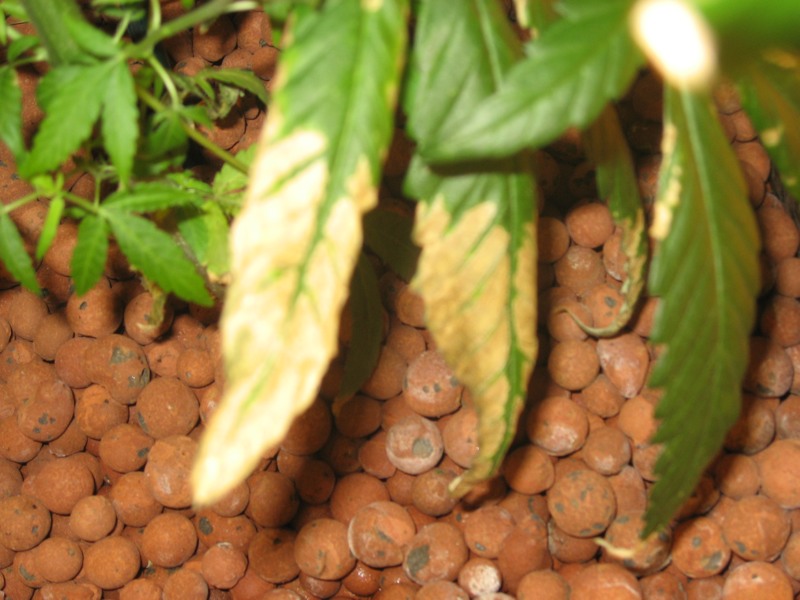Very often houseplants grow poorly or lose their beauty because they lack (or have too much
light). Small and young plants depend more on the amount of light than large, strong and already
formed flowers, writes the website sadivinograd.com.
The need for light is different for different groups of houseplants. Residents of open and sunny
areas (succulents of all varieties, many palms, bromeliads, orchids) need quite a lot of light.
However, those flowers that grow in the lower groves of moist rainforests (marantas, aroids,
ferns, begonias) should be stored so that they do not suffer from excess light.
For most houseplants – ficus, chlorophylls, lichens, begonias, peperomias – quite bright, but
indirect (diffused) light is most suitable.
Signs that the plant lacks light. The interstitia of the plant are elongated, each new leaf on the
stem being smaller than the previous one. The leaves have a dark green color without a healthy
gloss. Plants appear weak, accumulate few flowers or do not bloom at all.
In this case, the amount of light should be gradually increased – a sudden increase in light can
burn the leaves. If the plant stands on a windowsill and is lit only on one side, it is necessary to
rotate it periodically to form regular foliage. Most houseplants respond calmly to this procedure,
with the exception of gardenias and Christmas cacti (true planets), which can drop buds. The
palm trees’ young, growing leaves are turned into to the depth of the room.
Signs that the plant suffers from excess light. The leaves of the plant lighten, dry, yellow spots
emerge on them. These spots are increasing in number and their color varies from brown to
black. The damaged parts of the leaves wrinkle, begin to crumble (this is especially evident in
the thick, fleshy leaves). Eventually, such leaves fall off. It also happens that the whole
houseplant dies.
